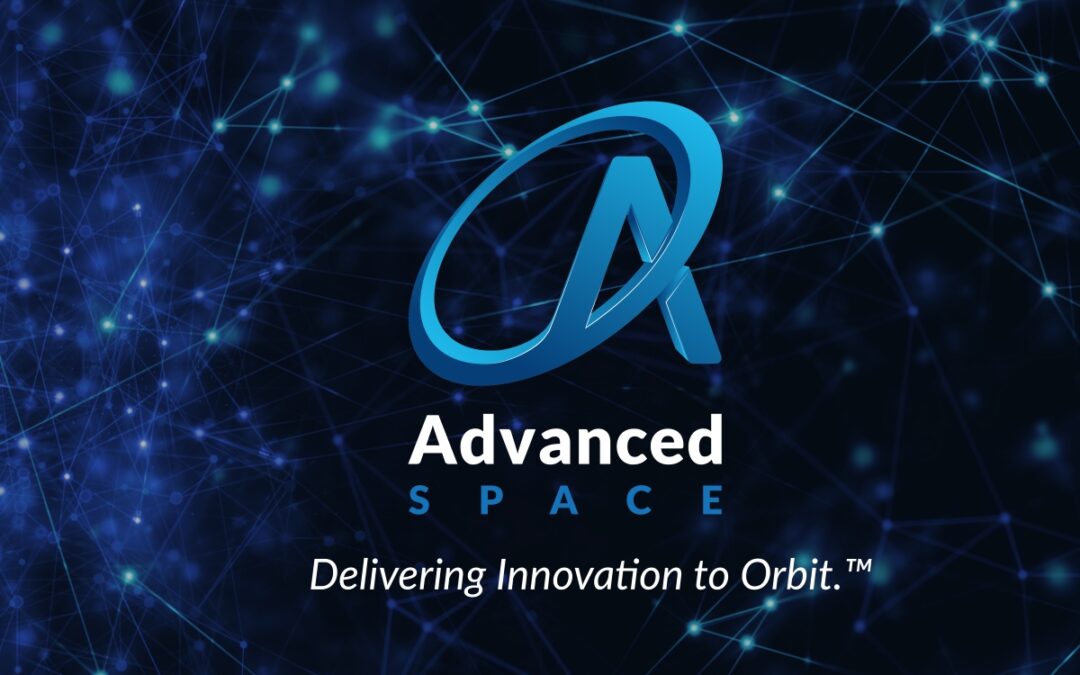Westminster, CO – Advanced Space LLC., a leading space tech solutions company, is pleased to announce that NASA has selected two of our new Phase I concepts under the Small Business Innovation Research (SBIR) program.
Flight Dynamics and Navigation Technologies
The first project, won under the Flight Dynamics and Navigation Technologies subtopic, will support NASA’s future efforts to design spacecraft trajectories for vehicles flying in cislunar space using low-thrust propulsion. The goal of NASA’s opportunity is to increase the autonomy of spacecraft heading for orbits at or near the Moon.
Under this subtopic, Advanced Space will develop a mission design and planning tool that uses operational algorithms to mitigate the impact of anomalies and missed-thrust events for low-thrust and dynamically sensitive missions. The tool will be used to generate a multitude of spacecraft trajectories simultaneously to determine the worst-case scenarios to account for margins in the mission design. The proposed solution will be especially useful to future crewed Artemis missions to reduce mission risk more comprehensively. The solution is named CALM or Contingency Analysis for Low-thrust Missions.
This effort builds on our experience developing low-thrust trajectories to near-rectilinear halo orbit, as demonstrated by the CAPSTONE™ program; our ongoing studies for developing ballistic lunar transfers for the Lunar Gateway program; and our efforts to apply neural networks to developing autonomous trajectory planning for spacecraft using electric propulsion.
“We’re excited to win another NASA award, and we look forward to supporting the agency on further efforts in the future. Being awarded these NASA SBIRs is tremendous,” said Advanced Space Proposal Manager Sean Hoenig. “Our ability to deliver innovation to orbit continues to be realized as we meet NASA’s needs by utilizing our unique expertise in astrodynamics.”
Space Debris Prevention for Space Spacecraft
Under the second project, Advanced Space will develop deorbit technologies compatible with small satellites, which will reduce the threat of orbital debris posed by large satellite constellations. Our solution, Satellite Collision and Risk Assessment using Machine learning (SCRAM), features a trade study of using Recurrent and Transformer Neural Networks (NNs) to develop autonomous risk analysis for spacecraft collision avoidance (COLA).
These new ML applications in astrodynamics predict future trends in collision risk early and validate collision avoidance maneuvers. By identifying conjunction events early and validating collision avoidance maneuvers autonomously, we would reduce the strain on COLA operators. SCRAM will be developed with the goal of being implemented into future space agency COLA ConOps such as the NASA Conjunction Assessment Risk Analysis (CARA) team. SCRAM could be applied to mega-constellations and private Space Domain Awareness (SDA) providers.
SCRAM will build upon and enhance our company’s efforts to apply machine learning to astrodynamics problems and to improve the ability of spacecraft to function in space with less need for input from Earth.
We are grateful for NASA’s investment and partnership in technology development. This proven model has allowed us to demonstrate novel approaches to challenges and to enable future space exploration and development, exclaimed Dr. Jeffrey Parker, Advanced Space Chief Technology Officer. “We look forward to the execution of these two projects. These will continue our efforts to develop technologies that enable future exploration, development, and settlement of space.”
